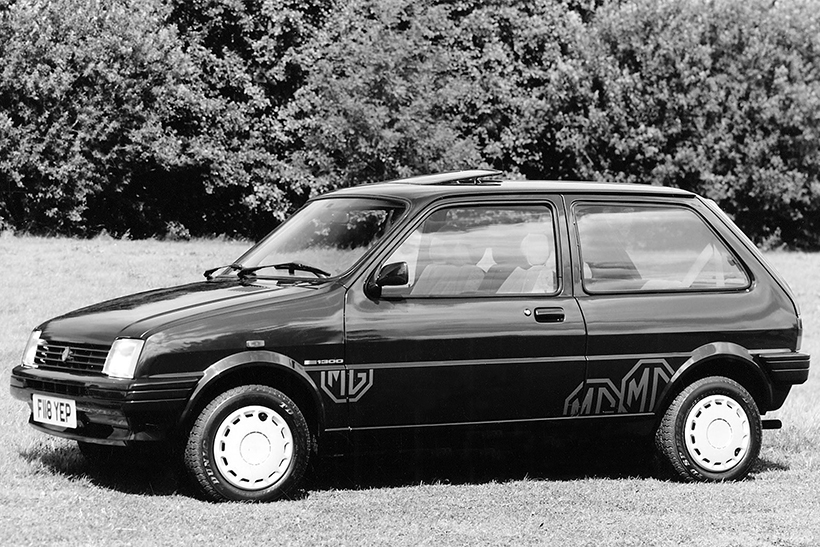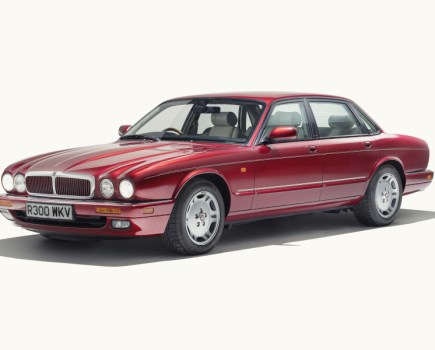The ‘British car to beat the world’ was launched in October 1980 to great acclaim and it really was a make-or-break car for the struggling BL – or rather, Austin Rover as it would become.
Initial production concentrated on shifting the bread-and-butter models although at launch several aftermarket tuners were invited to work their magic on early production examples. Janspeed, Turbo Technics, Wood and Pickett and even John Cooper Garages all produced enticing go-faster Metros with period alloys, wild cams and twin carbs.
In July 1981, BL admitted it was working on an in-house go-faster Metro but it wasn’t to bear the Cooper badge. By then of course the Midget and MGB had been axed, so a performance Metro was an ideal way of keeping the MG flame alive. Indeed, the Cooper Metro was later renamed the Monaco.
Launched in May 1982, the MG Metro used the same recipe which had made the Mini Cooper such a winner – no surprise considering the Metro was essentially a squared-off Mini under the skin. The 1275cc A-Series was treated to a Cooper-like cylinder head, different cam and twin carbs, the 72 bhp result being not quite a GTI contender but certainly fast enough to be fun and capable of just over the ton at 103 mph flat-out… with the engine screaming in fourth. Yes, a five-speed box would have to wait another ten years until the K-Series powered Rover Metro.
Chunky alloy wheels, red seatbelts and some suitably loud graphics completed the package and the MG remained a popular model in the range right until the end.
By then it had been joined by the Metro Turbo – also an MG model – and of course, the Maestro and Montego-based MG cars.
Anyone who has ever driven an MG Metro will remember it being a fun car to chuck about, although along with that came a fair amount of welding work – which along with the cars being robbed of their engines by classic Mini owners explains why the Metro in all its guises is such a rare sight today and especially the MG versions.





